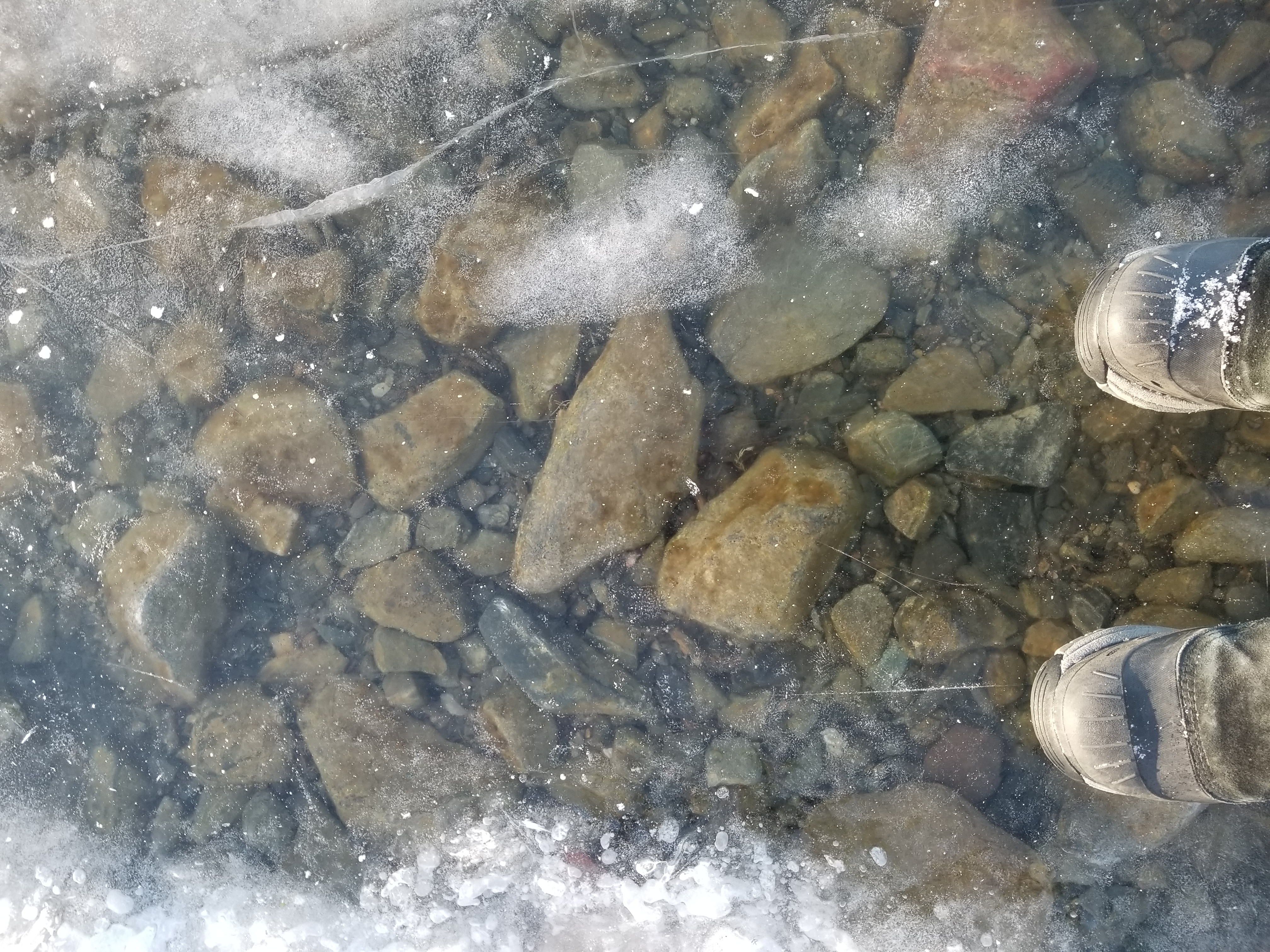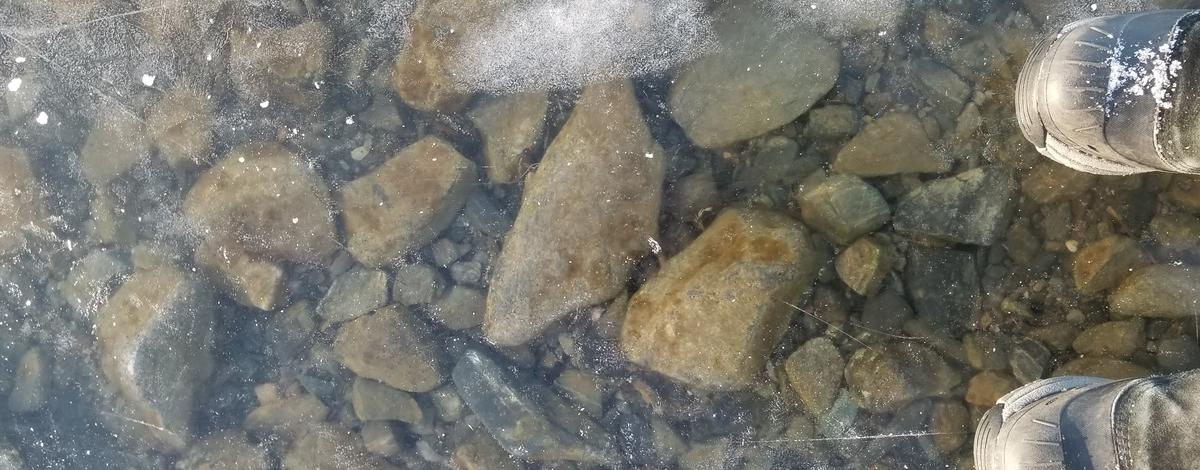
It is cold
As temperatures take a dive around the state, anglers are often tempted to venture onto thin ice. Here are a few safety tips to ensure your ice fishing adventure doesn't become a polar plunge.
Safety First!
Ice fishing is generally a safe activity if you pay attention to ice conditions and remember that they can change from day to day.
The best way to check ice thickness is to drill a test hole before venturing too far, follow these guidelines, and remember, it’s ultimately your responsibility to determine if it’s safe to be on the ice.
General guidelines for ice safety are:
- Three to four inches of solid ice is the minimum to support a person, and thicker ice is needed for groups.
- 10 inches of solid ice are needed to support an ATV or snow machine.
- Ice does not typically get thick enough to drive cars and trucks on Idaho's lakes and reservoirs.
- Drill test holes to determine thickness, and remember thickness is not always uniform. Holes can be no larger than 10-inches in diameter for safety sake.
- Beware of conditions that can create weak ice, such as inlets and outlets, springs, or near docks and other structures tha can absorb sunlight and weaken ice.
To learn more about ice fishing opportunities on Idaho waters near you click here.
For fishing seasons and rules click here.

